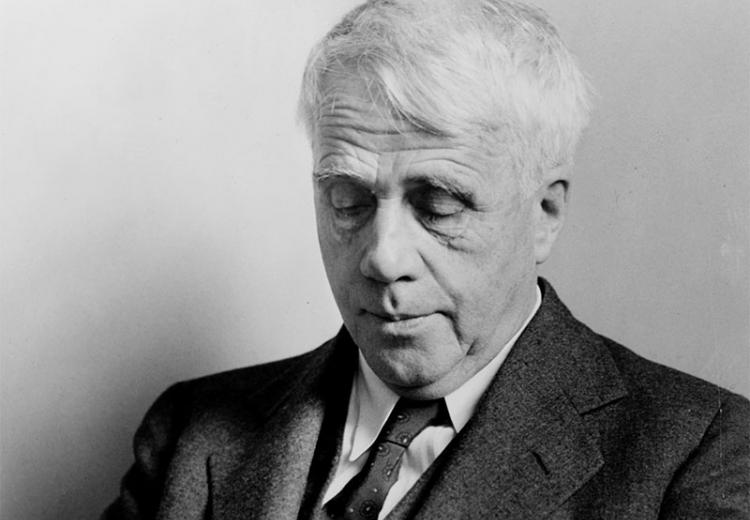Robert Frost's "Mending Wall": A Marriage of Poetic Form and Content

Robert Frost, 1941.
One of America's most beloved and widely read poets, Robert Frost often is studied as a New England narrative poet. In other words, his poems feature a narrator who tells, or narrates, a story. Frost's "Mending Wall," for example, conveys the story of two neighbors who meet and converse over a traditional New England stone wall that needs springtime repair. As a narrative poet, Frost is considered accessible for students and poetry readers of all ages. A close analysis of Frost's poems, however, reveals that Frost indeed is a deceptively simple poet. While Frost's poems initially seem to be fairly straightforward, they really are quite complex in terms of their poetic form and, hence, meaning.
In this lesson, students will study both the content and the intriguing poetic form of Frost's famous poem "Mending Wall." Upon completing the suggested activities below, students will understand the intricate relationship between a poem's content and its form. This lesson will enable students to approach Frost's poetry in a new way and will provide them with analytical skills for reading poetry at large.
Guiding Questions
What is the relationship between a poem's form and its content in Frost's poems "Mending Wall"?
Learning Objectives
Define and understand in context common poetic devices, such as rhythm and meter
Compare and contrast poems via active class discussion
Provide a well-supported, written analysis of the relationship between a poem's form and its content
